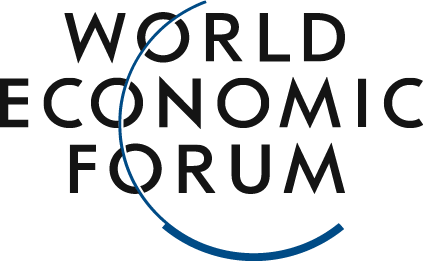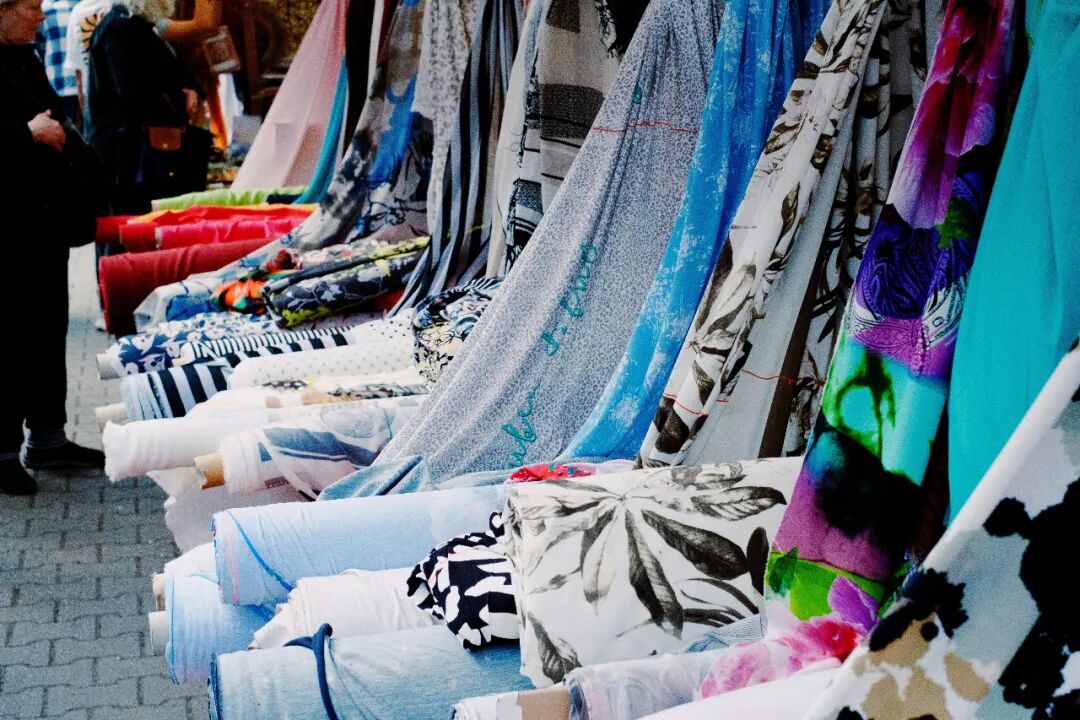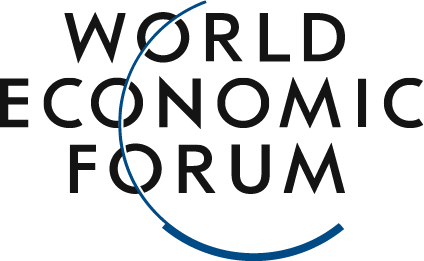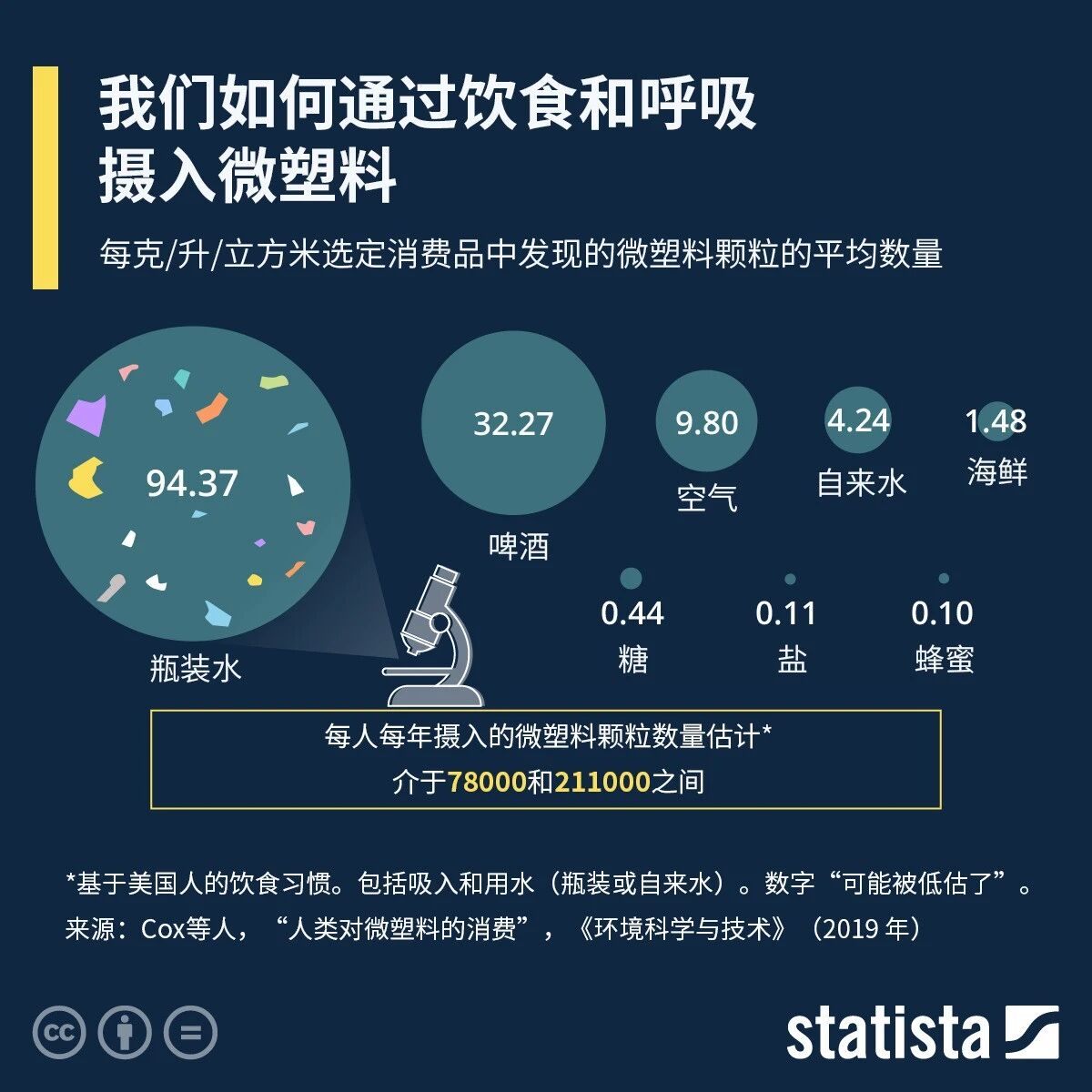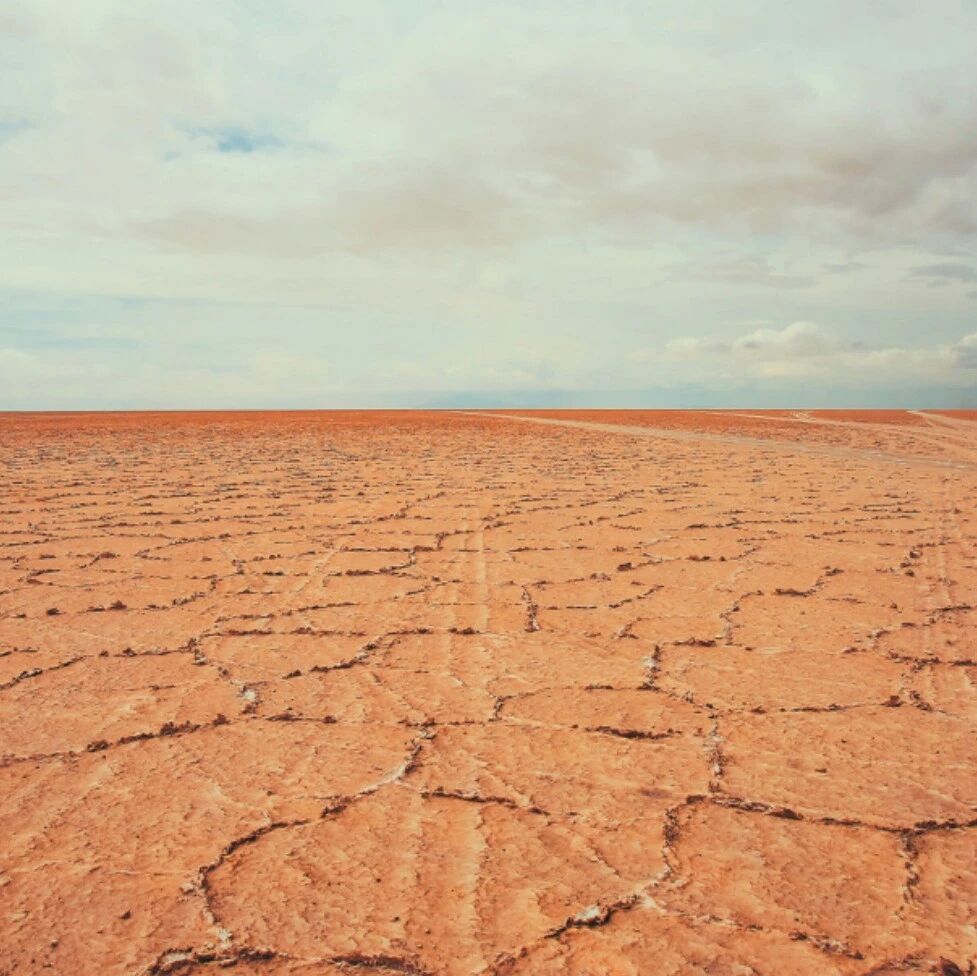The textile industry can draw inspiration from the experience with electronic waste to drive its transition toward a circular economy.
Image source:Unsplash/Miikka Luotio
Andres Ginatta
Head of European Partner Development at the World Economic Forum
Philippe Isler
Director of the Global Trade Facilitation Alliance
Member of the World Economic Forum's Executive Committee
The fashion industry generates massive carbon emissions, yet nearly 75% of textiles ultimately end up in landfills.
A major challenge in managing textile waste is the lack of standardized sorting and reporting systems across countries.
The textile industry can draw on the successful experience of e-waste management regulations by expanding producer responsibility initiatives, thereby boosting recycling rates and fostering a circular economy.
The fashion industry accounts for 10% of global carbon emissions—more than the combined emissions from international flights and maritime shipping.In 2020, the EU's per capita textile consumption reached 14.8 kg, comprising 6 kg of clothing, 6.1 kg of home textiles, and 2.7 kg of footwear. However, only 1% of these textiles were recycled into new textile fibers. The vast majority—specifically 40%—were exported to Africa and often repackaged as secondhand clothing. Unfortunately, this practice ultimately leads to 40% of the textiles ending up in landfills or leaking into oceans, causing significant environmental harm.Recycling methods are making progress, both mechanically and chemically, but without government support, the industry still won’t achieve commercial viability. Moreover, 60% to 70% of clothing is made from plastic materials like polyester, further linking the apparel industry to fossil fuels—making recycling even more challenging and exacerbating the problem of microplastic pollution.The fashion industry is starting to embrace natural materials and implement recycling processes, but challenges still remain.Coordination and transparencyFrom influencing consumer behavior to improving the use of recyclable materials in manufacturing processes, these issues will take time to resolve. However, there are several immediate steps we can take—actions that don’t require significant investment to implement.One of the main challenges is distinguishing between secondhand clothing and textile waste. It’s clear that countries lack uniformity in data collection, classification, and reporting. Moreover, each nation has its own distinct standards for defining used textiles versus reusable textiles.For example, in Italy, Austria, Germany, and the Netherlands, textiles collected through "donation banks" are categorized as waste collection—regardless of the fabric quality or the donor's intentions. In contrast, France and Sweden classify collected textiles as secondhand goods until they reach waste-sorting facilities. Meanwhile, in other countries, textiles gathered via "donation banks" aren’t treated as waste collection—as long as collectors specify exactly which materials they’re willing to accept or reject.Additionally, EU exports of used textiles lack transparency and traceability. Once these textiles reach their destination countries, their ultimate fate often remains unclear. In 2019, approximately 46% of the EU’s used textile exports went to Africa. Driven by demand for affordable clothing, imported used textiles are intended for local reuse. However, many items shipped in bales are simply unsuitable for repurposing and typically end up in open-air landfills or informal waste disposal channels.Similarly, in Asia, textiles account for 41% of EU exports, with used textiles being sent to designated economic zones for sorting and processing. These textiles are typically recycled—often downgraded into industrial rags or filling materials—or re-exported to other Asian countries for recycling, while some may even be repurposed in Africa. Textiles that cannot be recycled or re-exported are likely managed through general waste systems, ultimately ending up primarily in landfills.As all EU countries are required to collect textile waste separately by 2025, the volume of collected used textiles is expected to increase. Therefore, establishing more effective collaboration between industry players and governments will be crucial for the future of circular fashion and the circular economy.Learning lessons from electronic wasteThe Waste Electrical and Electronic Equipment (WEEE) Directive was introduced in 2012 to address similar challenges faced by the textile industry.This directive standardizes the end-of-life management of electronic waste in Europe. It establishes the principle of extended producer responsibility, placing the obligation on producers to properly handle or dispose of their discarded products. Since its introduction in 2012, more than half of the electronic and electrical equipment waste generated in Europe has been effectively recycled.The WEEE regulations have enhanced electronic waste recycling and provided valuable lessons for the textile industry. As definitions and guidelines continue to evolve, the total volume of collected electronic and electrical equipment waste has risen from 3 million tons in 2012 to 4.9 million tons in 2021, while the amount of waste recovered and prepared for reuse increased from 2.4 million tons to 4 million tons—a remarkable 64.8% growth over the same period.Although the electronics industry and the textile industry are quite different, we can still learn a few lessons from them.Trade facilitation aims to leverage digital tools and other technologies to establish streamlined processes, reducing friction in legitimate trade. This is particularly crucial for developing economies that rely heavily on international trade as the primary driver of economic growth.A rapidly emerging hot area is the circular economy. Current trade practices are poorly suited to managing reverse supply chains—specifically, the process of shipping used goods back to their countries of origin for recycling.The Global Trade Facilitation Alliance has been at the forefront of developing streamlined methods to facilitate the return of used electronics from consumer countries to recycling facilities. While the Basel Convention regulates the movement of waste and hazardous materials—and policies are already in place—there’s still significant progress needed to fully digitize these processes.Therefore, logistics providers often refuse to transport such goods, fearing they may get entangled in cumbersome bureaucratic procedures—procedures that could leave them stuck with hazardous waste and without a clear solution.Actions by the textile industry toward a circular economyThe textile industry must initiate or accelerate the implementation of several measures; here are some recommendations:Standardized data collection and reporting: The government should implement a standardized textile waste tracking system, leveraging digital tools like product passports to ensure full traceability.- Improve source and pre-sorting: Better sorting processes and collection controls can reduce waste exports.
- Enhance recycling infrastructure: Invest in recycling facilities to transform more textiles into new products.
- Coordinating the waste classification system: The government should harmonize the textile waste classification system by establishing common definitions and a unified framework, ensuring consistency in data collection and reporting.
- Extended Producer Responsibility Schemes: These schemes can incentivize sustainable textile design and help facilitate investment recovery programs.
Textile waste is a growing, critical challenge that demands urgent attention—addressing it can yield significant economic and environmental benefits. By enhancing trade facilitation, boosting transparency, and aligning regulatory frameworks, the apparel industry and governments can transform this challenge into an opportunity for growth and sustainable development.
The above content solely represents the author's personal views.This article is translated from the World Economic Forum's Agenda blog; the Chinese version is for reference purposes only.Feel free to share this in your WeChat Moments; please leave a comment below if you'd like to republish.
Editor: Wang Can
The World Economic Forum is an independent and neutral platform dedicated to bringing together diverse perspectives to discuss critical global, regional, and industry-specific issues.
Follow us on Weibo, WeChat Video Accounts, Douyin, and Xiaohongshu!
"World Economic Forum"
